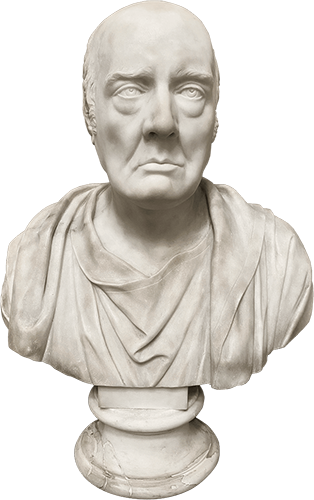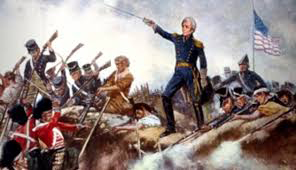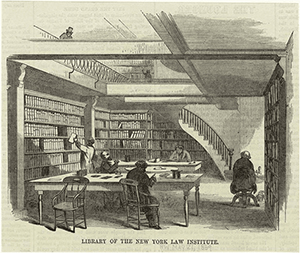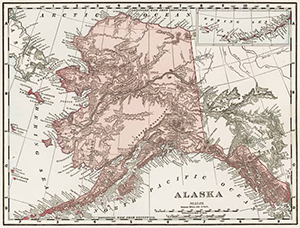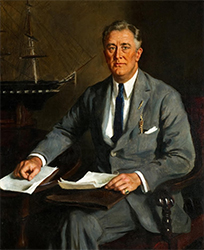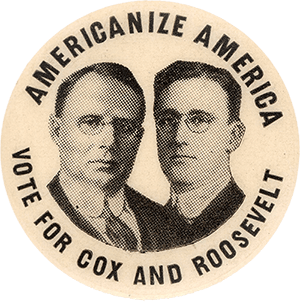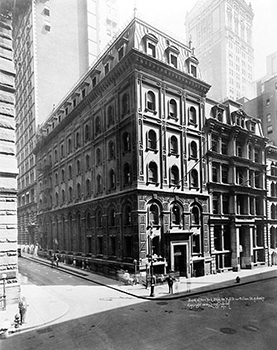Emmet, Marvin & Martin, LLP’s history traces the development of the tradition of excellence that characterizes the firm today.
The firm’s founder, Thomas Addis Emmet (1764–1827), was born in Cork, Ireland. After graduating as a medical doctor from the University of Edinburgh in 1784, he trained at the Temple Inn in London to become a barrister.
Emmet was a successful barrister in Dublin during the 1790s. As a man of the Age of Enlightenment, he was deeply committed to freedom and the establishment of an Irish republic. An Irish patriot and member of the Society of United Irishmen, he served as its Secretary.
Thomas Addis Emmet was imprisoned along with other leaders of United Irishmen for events leading up to the failed Rebellion of 1798 against British rule. If this rebellion had succeeded, Thomas Addis Emmet would have been the first president of a free Ireland.
In 1802, Emmet and his associates were released on condition of permanent exile. While in exile in France, his younger brother, Robert Emmet, was hanged and beheaded in 1803, after leading a second failed uprising in Dublin.
Ireland’s loss of Thomas Addis Emmet was America’s gain. Emmet and his family settled in New York in November 1804, where he was destined to become the leading lawyer in New York City, filling a void left by the death of Alexander Hamilton who had died in a duel with Vice President Aaron Burr in July 1804.
For the next two decades, Emmet pursued his passion for the law, rising to the level of New York State Attorney General, and winning several important cases before the U.S. Supreme Court. It is only fitting that an ailing Thomas Addis Emmet took his dying breath in a courtroom, an advocate to the end.

